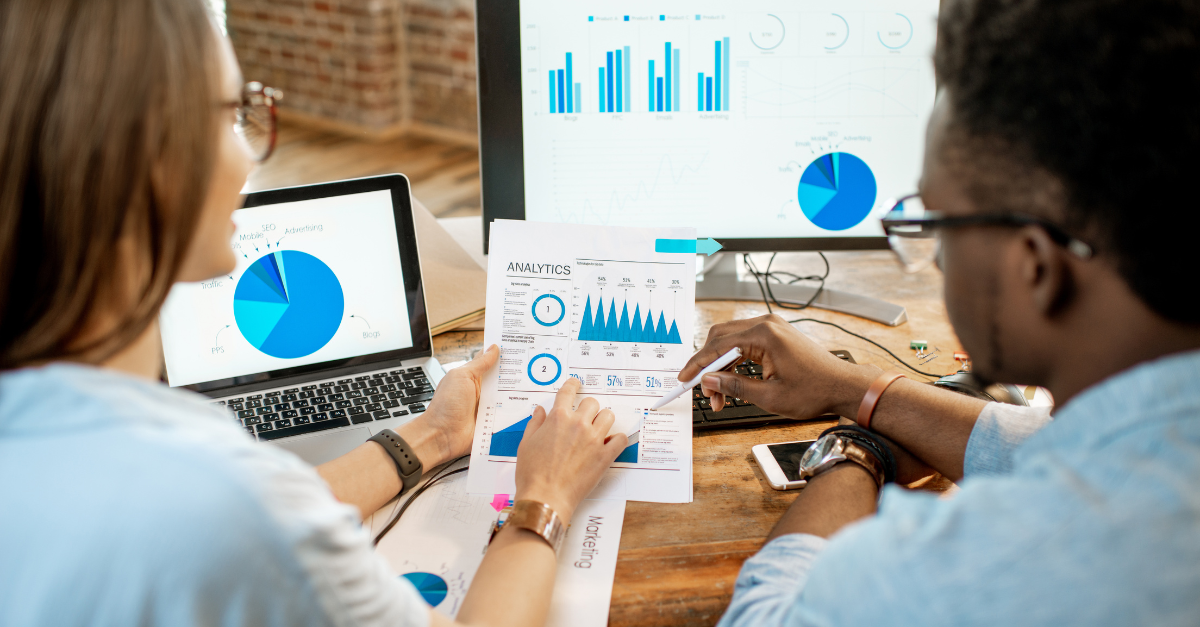You are now leaving the Strong Valley Wealth & Pension, LLC ("Strong Valley") website. By clicking on the "Schwab Alliance Access" link below you will be entering the Charles Schwab & Co., Inc. (“Schwab”) Website. Schwab is a registered broker-dealer, and is not affiliated with Strong Valley or any advisor(s) whose name(s) appears on this Website. Strong Valley is/are independently owned and operated. Schwab neither endorses nor recommends Strong Valley. Regardless of any referral or recommendation, Schwab does not endorse or recommend the investment strategy of any advisor. Schwab has agreements with Strong Valley under which Schwab provides Strong Valley with services related to your account. Schwab does not review the Strong Valley website(s), and makes no representation regarding the content of the Website(s). The information contained in the Strong Valley website should not be considered to be either a recommendation by Schwab or a solicitation of any offer to purchase or sell any securities.

Each stage of life has different needs and financial goals. But one thing that is common in all life phases is the need for solid planning in order to be successful. Find out more about the four life stages and portfolio strategies to address common concerns in each stage.

Through the years, goals will change, and strategies will shift, as personal needs differ in various phases of life. However, the need for regular saving and investing spans many life stages. Here are some common goals and possible portfolios strategies for four life stages. Though each person’s requirements may differ, these examples will help lay a common foundation.
Many Americans begin regular saving and investing in their mid-to-late 20s or early 30s. Goals may range from the immediate need to buy a home to the establishment of an education fund for the kids, and even retirement funding, although it might seem like decades away.
In young adulthood, the time horizon is long, and it’s a good time to let funds grow. There is a longer period in which to recover from unpredictable market fluctuations, and a higher risk tolerance is common with savings and investments. Historically, stocks have outpaced other investments, as well as inflation, over the long term. It’s a good time to consider stock funds that seek growth. Another consideration in portfolio planning is an automatic reinvestment plan, to take advantage of market ups and downs. For diversification, bonds or a stock and bond fund may be a good option. Remember to utilize tax deductions offered by Individual Retirement Accounts (IRAs) (if eligible), as well as the long-term tax-deferred growth offered by employer-sponsored retirement plans.
Regular investing becomes even more important as goals come into sharper focus. Education funding may become a high priority, and a vacation home or other major purchases (the dream boat) may be within reach. Retirement seems closer.
It’s a good time to consider repositioning funds in the portfolio for a better balance of growth and income investments. While there is still time to benefit from growth provided by stock funds, income-producing bonds or stock and bond funds become valuable, as kids approach college-age.
Many individuals reach their peak earning years in their mid-40s, and this gives rise to tax considerations. Now may be the time to look at tax-free bond funds, since continued tax-deferred investments for retirement are becoming more critical.
Children may no longer be part of the day-to-day financial equation, but there may be new “dependents” to consider. Aging parents may need increased assistance, both physically and financially. Larger financial gifts to children and even grandchildren may be a high priority. In addition, there may be a need to guard and increase retirement funds. Reducing tax obligations and overall debt becomes more important as retirement approaches.
With a shorter investment horizon, it’s time to reconsider heavily investing in stock funds and possibly diversifying into more bond funds. A more conservative investment vehicle provides a way to preserve accumulated assets. Tax-free bond funds can help reduce the tax bite as peak earning years continue.
Tax reduction and protection from inflation are key in retirement. An ample income stream is critical as employment income disappears and is replaced, only in part, by Social Security or other pension funds.
Growth stock funds may become a smaller player in a portfolio, as a greater emphasis on income-generating stock and bond funds, and tax-free bond funds protect from taxation. However, to stay ahead of inflation, some exposure to growth stocks could be an important strategy.
When investing, bear in mind that investment return and principal value will fluctuate due to changing market conditions. When shares are sold, they may be worth more or less than their original cost.
Diversification and regular investing are important at any stage of the life cycle, but the real key to success is planning. Review goals and determine if the current strategy is geared to meet them. Regular professional financial advice can keep a portfolio moving in the right direction, toward the fulfillment of your personal financial goals and the secure, comfortable future you desire.



